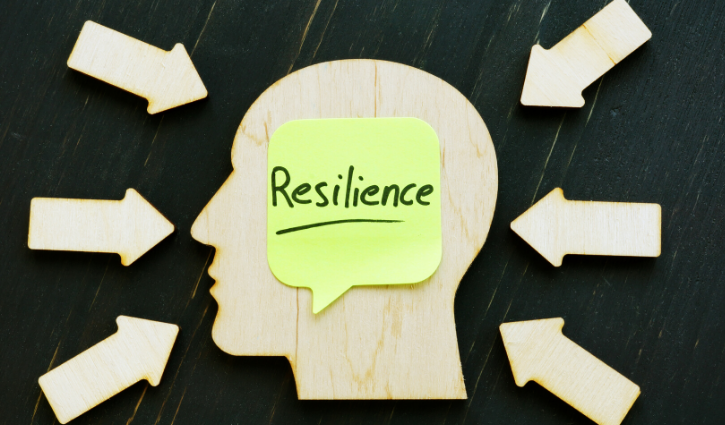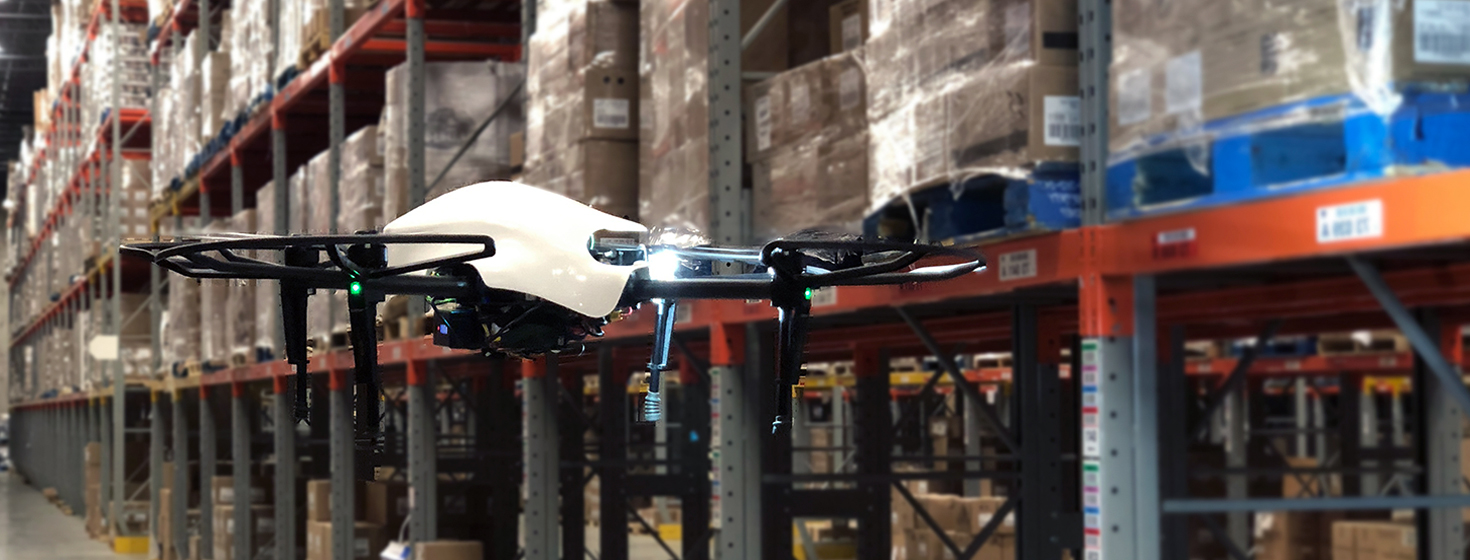
Supply Chain BI Dashboard – Warehouse Order Performance
Business intelligence enhances supply chain management by making real-time data analytics accessible. Self-service BI takes this a step further by allowing users to run their own queries and create their own reports, even if they don’t have a background in statistical analysis.
Here, we’ll discuss how BI can provide real-time insights into supply chain emerging risks, inefficiencies, and anomalies, allowing organizations to quickly isolate and resolve potential problems.
Supply Chain Disruptions
We saw unprecedented disruption to supply chains in 2020 that caused problems for companies and consumers. The Federal Reserve reports continued supply chain and logistics disruptions in 2021 are emerging at the same time demand is increasing.
For companies struggling to manage supply chains, it’s a significant issue. Supply chains represent as much as half of the value of a company’s products or services.
Failing to manage the supply chain efficiently, leads to ongoing problems, including:
- Less resilient to market changes
- Less efficient
- Decreased inventory
- Inability to meet demand
- Decreased financial performance
Managing the Supply Chain with Embedded BI
Embedded BI integrates business intelligence reporting tools into everyday apps. Embedded business intelligence tools provide ad hoc reporting, interactive dashboards, scheduling, and distribution tools within your custom apps.
When you embed business intelligence tools into your decision chain, it provides quick access to the insights team members need. Potential supply chain problems can be spotted in real-time for faster resolution.
Visualizing Demand and Inventory
Data visualization makes it easier to manage inventory by providing a visual reference for current inventory levels and pending orders. This makes it easier to forecast inventory needs and set reorder points.
Visualizing Distribution
You can also visualize the movement of goods and material through your supply chain into your inventory and out the door to customers. By monitoring order status, you can also see potential disruptions in your supply chain or your processes.
Read more at The Role of Business Intelligence in the Supply Chain.
Leave your comments below and subscribe to us for new updates.
























